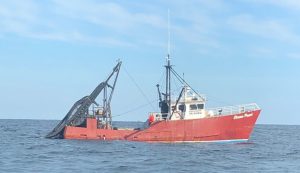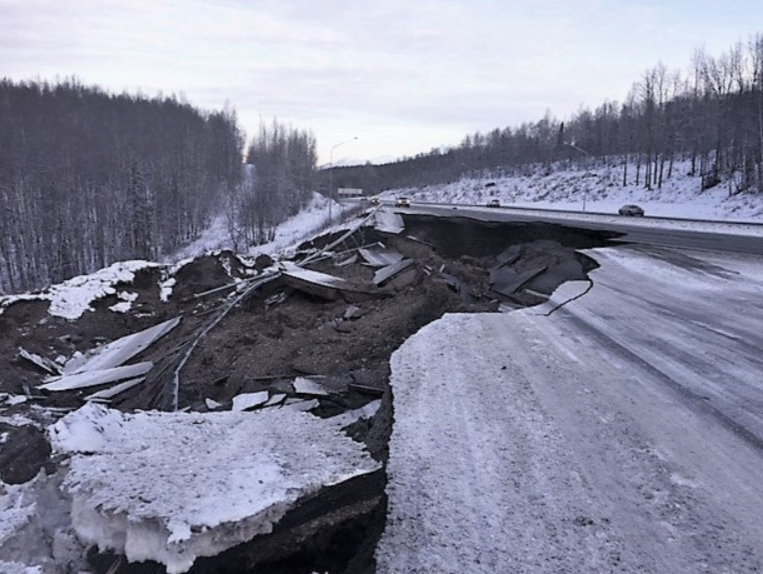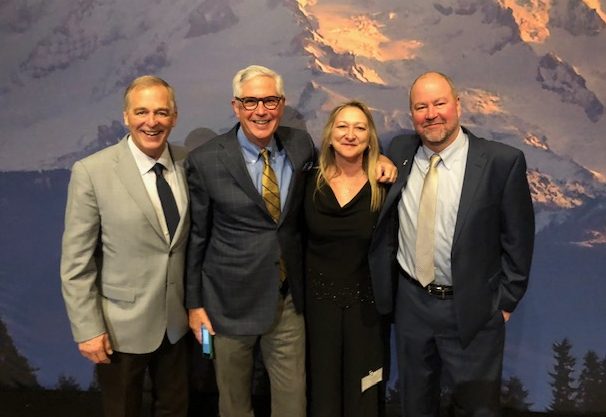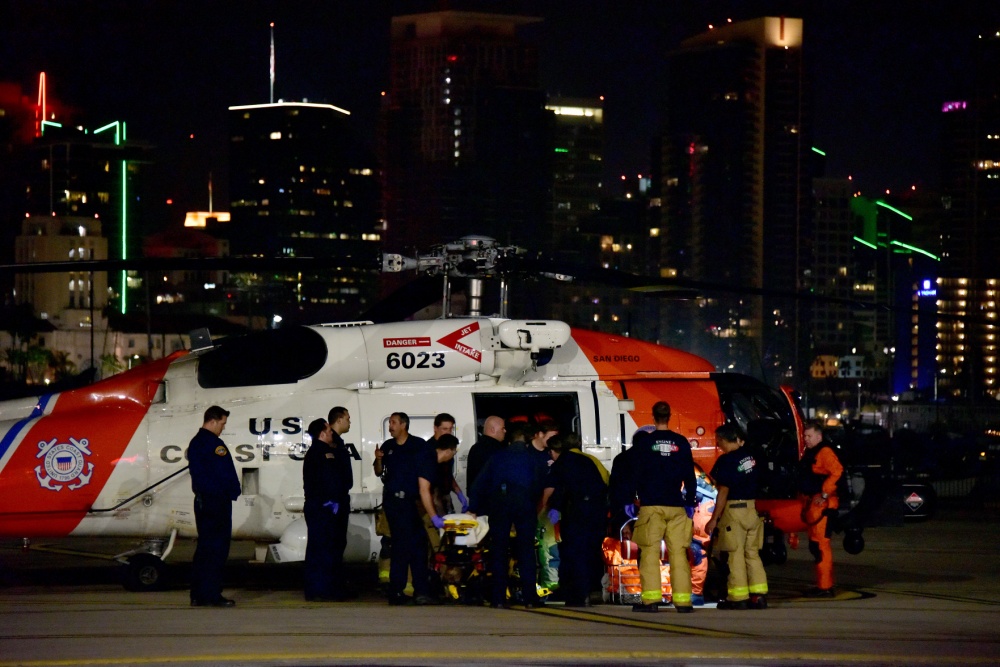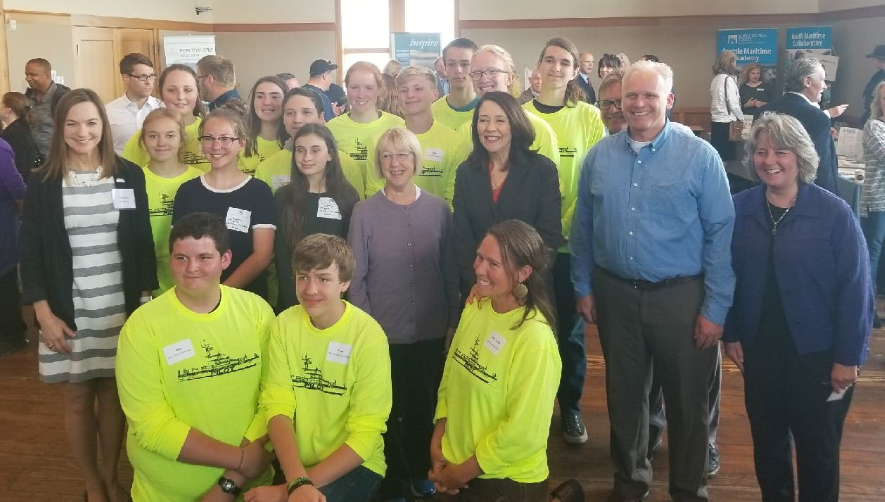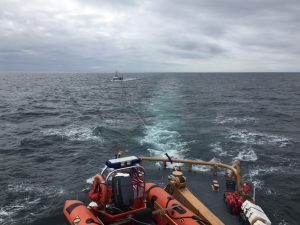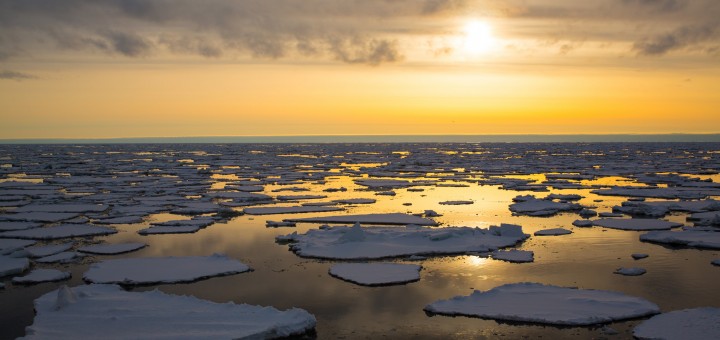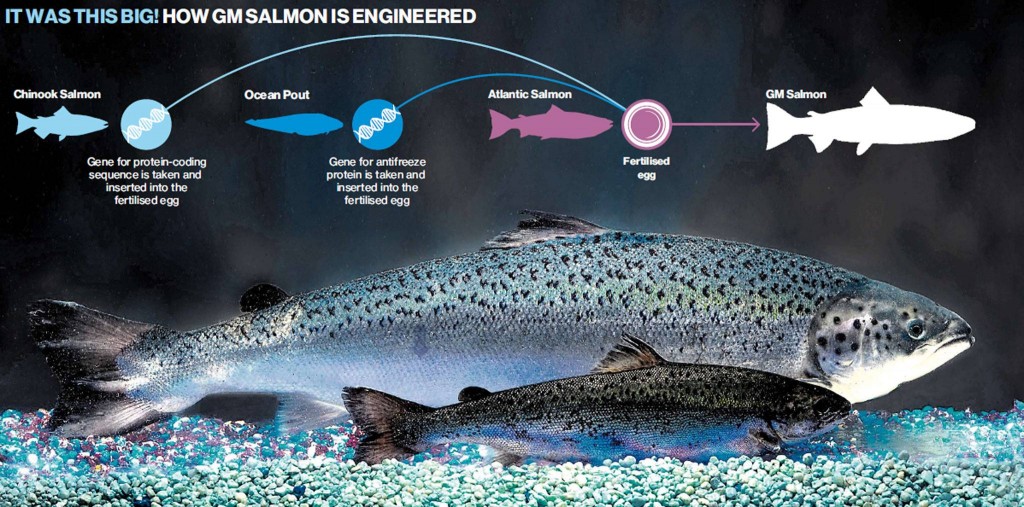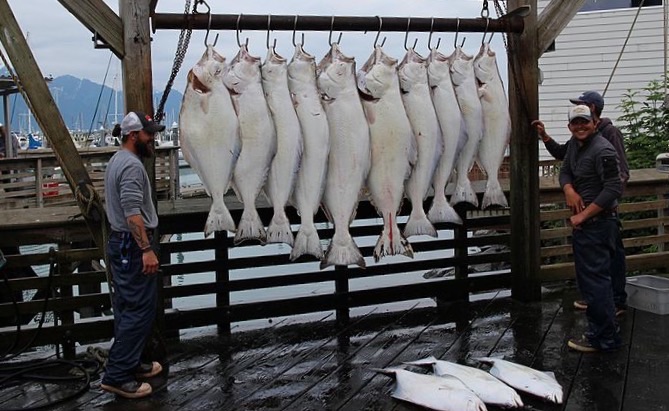F/V Nordic Viking Sinks, Coast Guard Leads Cleanup
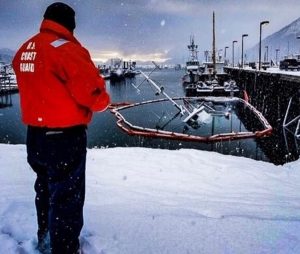 The U.S. Coast Guard has taken the lead in the cleanup of over 700 gallons of marine diesel fuel and 50 gallons of gasoline that spilled after the sinking of the F/V NORDIC VIKING. The 71-foot vessel was in Seward Harbor, Alaska at the time of the incident. The cause has yet to be determined.
The U.S. Coast Guard has taken the lead in the cleanup of over 700 gallons of marine diesel fuel and 50 gallons of gasoline that spilled after the sinking of the F/V NORDIC VIKING. The 71-foot vessel was in Seward Harbor, Alaska at the time of the incident. The cause has yet to be determined.
The Coast Guard will be initially using funds from the Oil Spill Liability and Trust Fund to pay for the cleanup, but the responsible party will be liable for expenses associated with containment, cleanup, and damages. Alaska Chadux, a non-profit organization founded in 1993 after the Exxon Valdez oil spill, has been contracted in the cleanup efforts, and Global Diving and Salvage has been contracted to salvage the 71-foot fishing vessel.
Alaska Chadux had to deploy a second containment boom and absorption pads around the sunken vessel after the first boon was pulled down as the vessel sunk further beneath the water. Global Diving and Salvage has also plugged all fuel vents to prevent any additional fuel leakage.
 Maritime Injury Law Blog
Maritime Injury Law Blog


